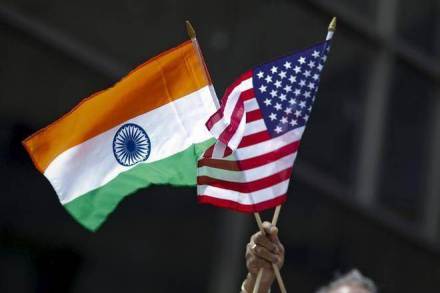By Mukesh Aghi
The March 4, 2019, United States Trade Representative (USTR) decision to revoke duty concessions allowed to India under the Generalized System of Preferences (GSP) is a setback to a strong US-India partnership. That said, enough depth and maturity exists on both sides to appreciate the broader range of shared interests to enable de-escalation. The dynamics of the GSP withdrawal could trigger undesirable actions on both sides, but these moves should not impact the deepening strategic partnership and defence ties envisioned to be the core of the US-India bilateral relationship.
On the Indian side, US technology companies have observed multiple tariff increases in a single calendar year, demonstrating less-than-transparent policymaking that is meant to block Chinese companies’ access to India, but unintentionally will affect other foreign companies. Policy changes on e-commerce could have been managed better through a consultative process, and we expect that will be the case this time around as policymakers firm up the draft policy. There have also been arbitrary price controls in the healthcare/medical device sectors and unwarranted certification standards in dairy sectors. FDI from the medical devices has averaged hundreds of millions of dollars in the past years, but investors remain uncertain of their future in the country, especially with the lack of direction regarding new technology in India. On the US side, we have seen tariffs on steel and aluminium imported from India and an inordinate delay in processing of high-skilled visa applications from Indian technology companies.
The irony is that 2018 saw merchandise trade between the two countries grow by 17.2% to now a record $87.2 billion, the highest ever. US exports to India grew by 29% and India’s imports from the US grew by 12%. India is one of the two countries that has been able to reduce its trade deficit (by 7.3% in 2018) with the US—achieving a fundamental cornerstone of President Donald Trump’s trade policy.
This impressive progress cannot diminish the real-world impact that lack of GSP concessions will have. The withdrawal of duty concessions will make Indian exports of eligible products (textiles, gems and jewellery, chemicals, agricultural items, components and machinery) to the US costlier as importers of these products will have to pay MFN duty, instead of a concessional duty rate allowed under GSP. MFN is a non-preferential regular duty rate applicable to all countries. Consequently, ending GSP for India will likely result in fewer orders for Indian products originating from the MSME sector, which supports thousands of Indian jobs.
According to USTR 2017 estimates, India is the largest GSP beneficiary, with Indian exporters benefiting from zero-duty benefits on $5.6 billion worth of exports to the US up to this point. Many media reports latch on to the $5.6-billion figure, which is misleading. The Indian ministry of commerce has said that GSP revocation will cause only $190 million losses in terms of duty payments, but the cascading impact will hit SMEs in terms of jobs in the Indian handloom and agricultural sectors, which are engaged in export production. Moreover, US companies that source from India could experience financial burden from the revocation.
Under US laws, GSP withdrawal may not take effect until at least 60 days after the notification to India, which will coincide with the formation of the new government in India. We must use this window to derive solutions to trade policy issues that promote mutual benefits and try to neutralise the losses due to GSP withdrawal.
Despite this setback, the US-India Strategic Partnership Forum (USISPF) remains optimistic due to the immense potential of US-India trade opportunities. An internal publication has calculated that both countries can easily double the trade to $250 billion in the next four years even if an average 15% growth in trade is maintained. We see continued higher bilateral trade engagement over the next decade due to huge energy and aerospace deals, which, in turn, can help boost India’s manufacturing ecosystem. This opportunity can make both countries a model for economic cooperation for global prosperity. Continuation of GSP benefits could have given a fillip to bilateral trade volumes, albeit businesses remain bullish on commercial opportunities against the backdrop of India’s impressive growth prospects in the short to medium term.
